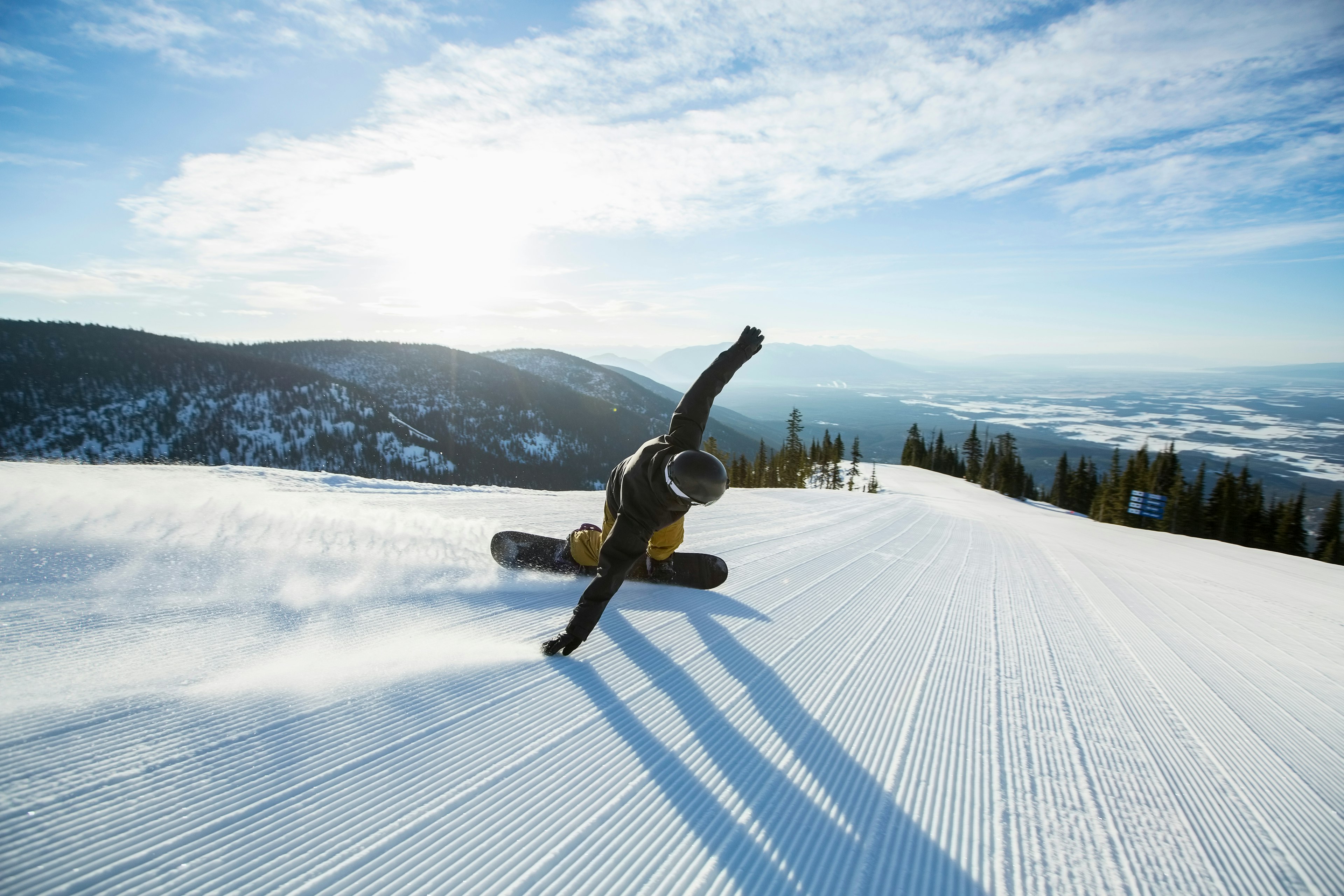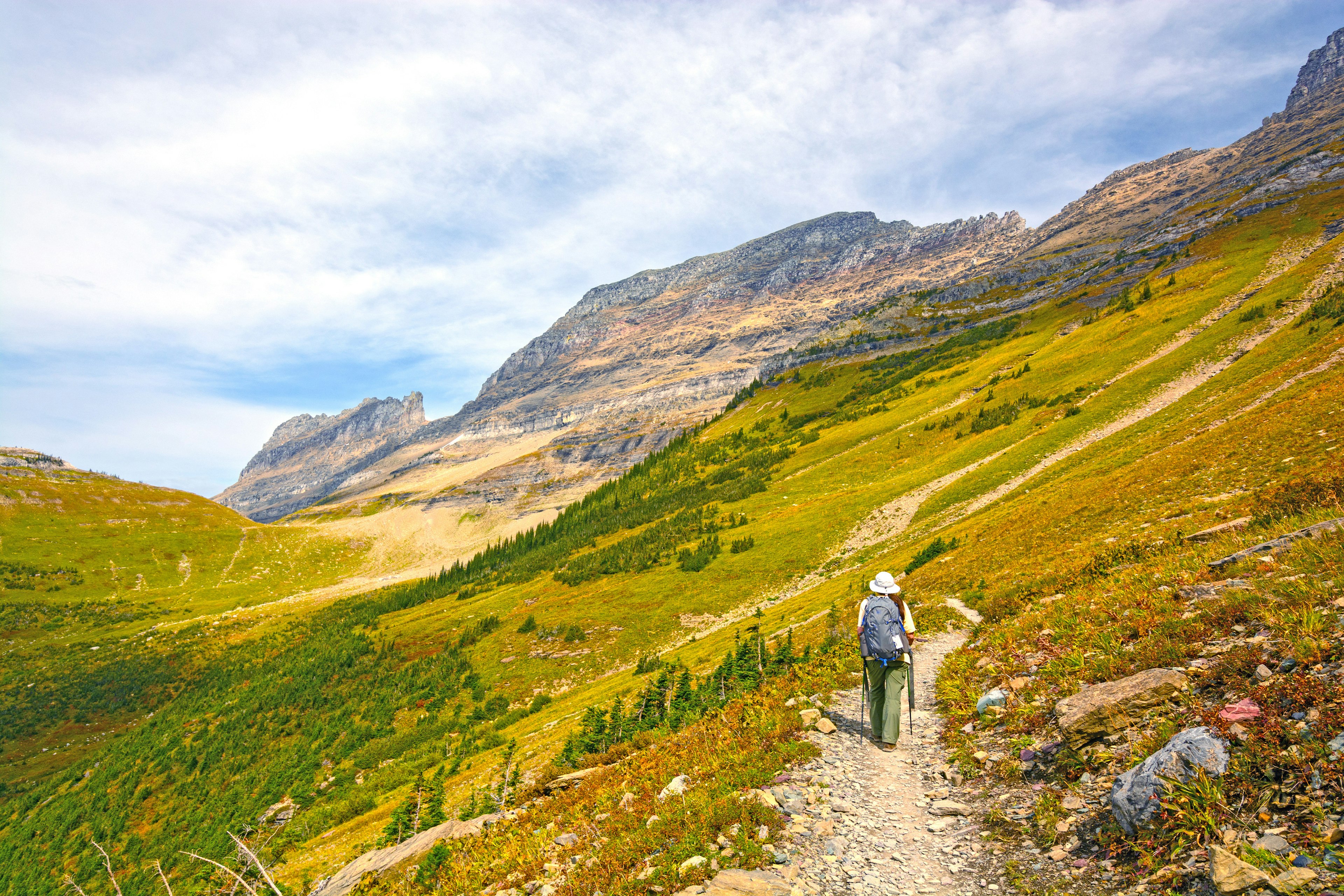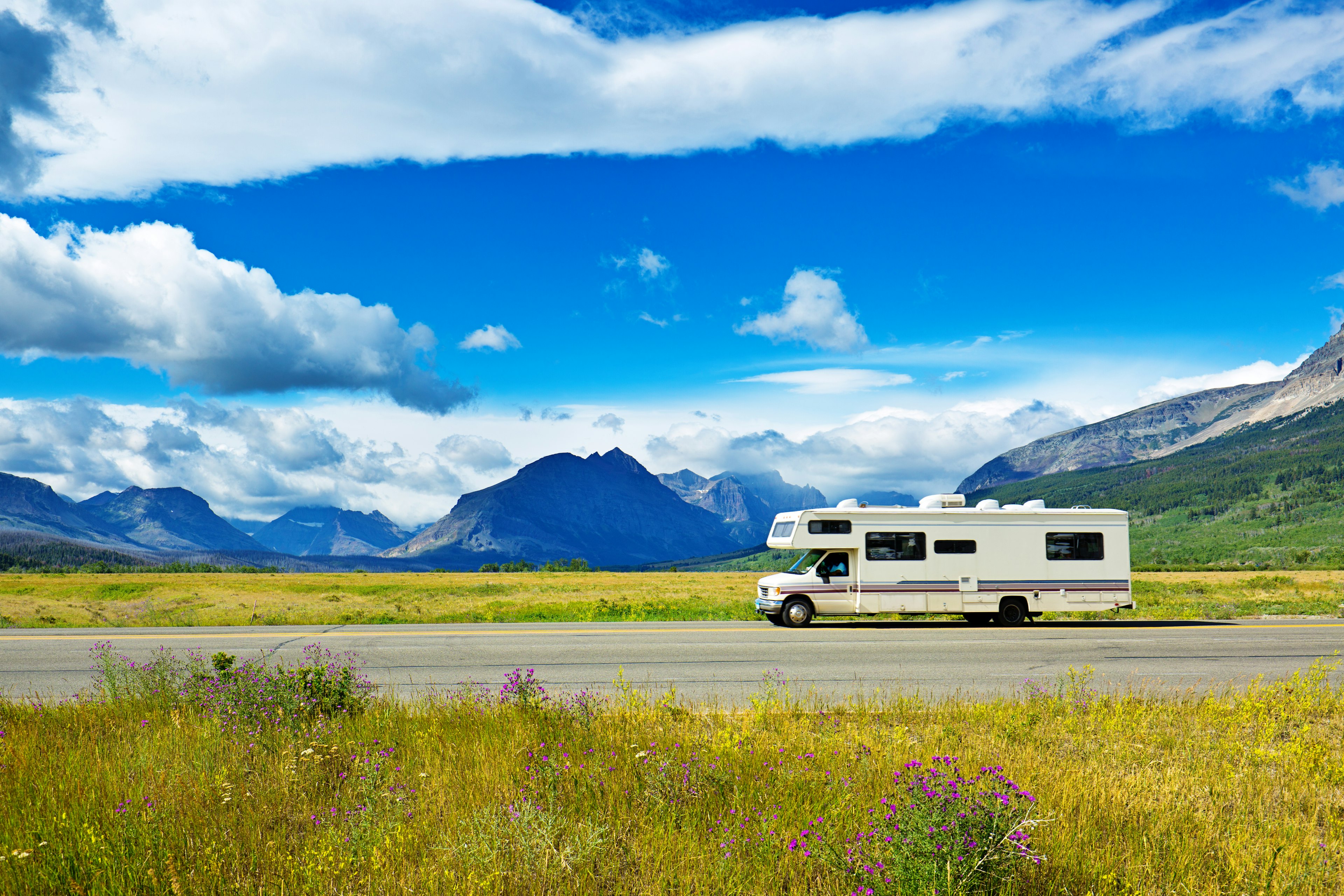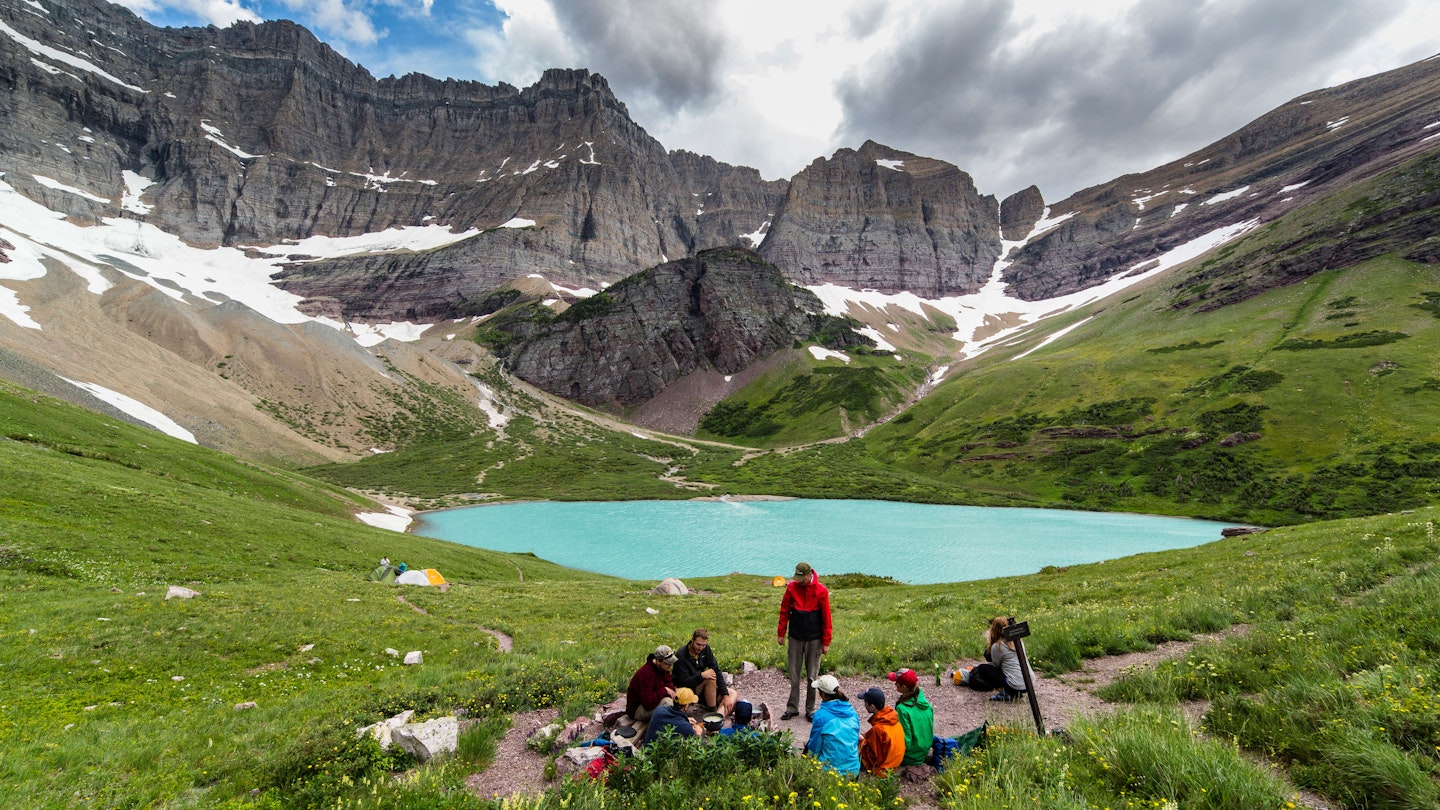Montana’s Seasonal Activities: A Year-Round Guide
With vast wilderness just waiting to be explored, there’s always something to do in Montana at any time of the year. The state resonates with the rhythms of nature, offering a diverse range of activities that align beautifully with the changing seasons.
While peak summer and winter seasons attract many visitors, the shoulder seasons of late spring and fall expose a serene, less crowded side of the Big Sky state. Regardless of when you visit, it’s advisable to check the availability of your desired activities, as seasonal changes affect accessibility to various locations.
Summer Highlights (July–August): A Time for Outdoor Adventures
Summer reigns supreme in Montana, favored for its family-friendly atmosphere. As the snow gives way, visitors can explore the backcountry, with Yellowstone National Park coming alive and Glacier National Park’s scenic Going-to-the-Sun Road opening to traffic. This is the prime time for outdoor enthusiasts to dive into numerous activities.
- Fly-fishing
- Hiking
- Cycling
- Whitewater rafting
- Wildlife watching
- Enjoying local rodeos
The summer brings an exciting festival calendar as well, featuring events such as the Under the Big Sky Festival in Whitefish and the Huckleberry Festival in Trout Creek. However, visitors should prepare for the warm temperatures that can soar above 100°F and a smoky haze due to wildfires.

Winter Wonders (December–March): Embrace the Snow
Winter transforms Montana into a snowy paradise, renowned for outdoor activities such as skiing and snowboarding. Big Sky Resort stands out as a top destination for winter sports enthusiasts, alongside spots popular among snowmobilers, particularly near Cook City, just north of Yellowstone National Park.
Although only the northern road is accessible in Yellowstone during winter, it’s an exceptional time to see wildlife in the Lamar Valley, where wolves are easily spotted against the snowy landscape. Furthermore, winter activities such as snowshoeing, dog sledding, and warming up by a log cabin fire are highlights of this season.

Shoulder Season (September–November): The Perfect Escape from the Crowds
The shoulder season is favored by locals for its tranquility. With fewer visitors and mild weather, this is an ideal time to relish Montana’s beauty. October brings a brilliant transformation in foliage, showcasing vibrant reds, oranges, and yellows that compete with the best colors found in New England.
However, travelers should be aware that some businesses may reduce staff after summer, leading to slower service. Despite the delays, attendees can partake in charming festivals such as Missoula Oktoberfest, which celebrate local culture.

Low Season (April–June): Budget-Friendly Travel Options
This period, often dubbed the “mud season,” occurs during the transition from winter to spring. While the melting snow can create mudslides, it’s also a time of preparation as businesses ready themselves for the bustling summer months. Visitors can enjoy lower lodging rates and experience popular events such as art walks and farmer’s markets.
Additionally, the International Wildlife Film Festival in Missoula and the Lewis and Clark Festival in Great Falls offer unique opportunities to engage with the local culture and history.




